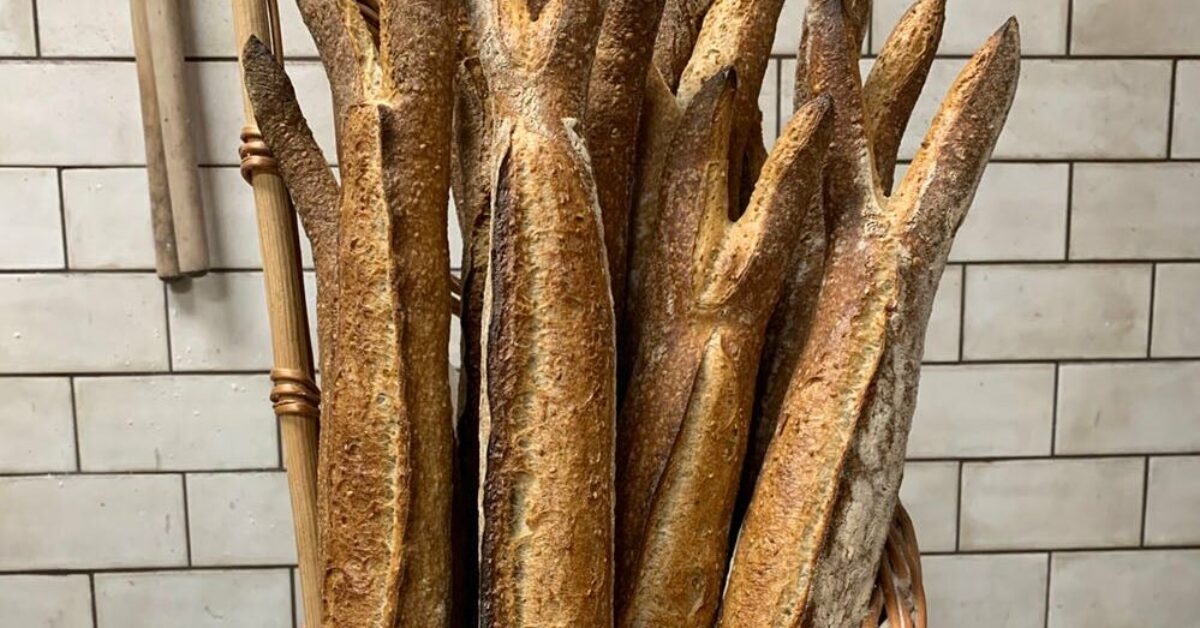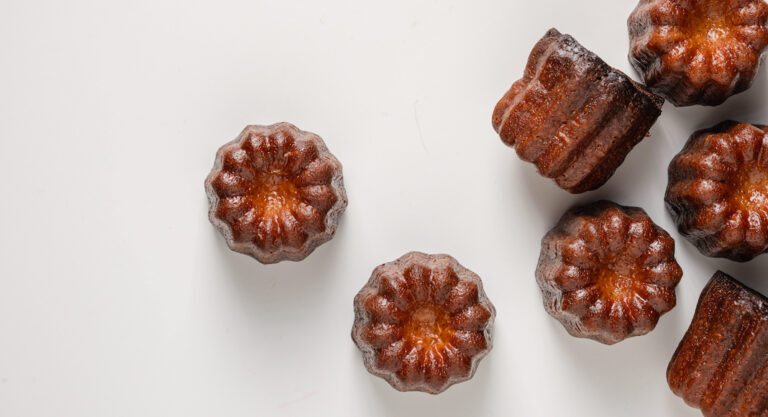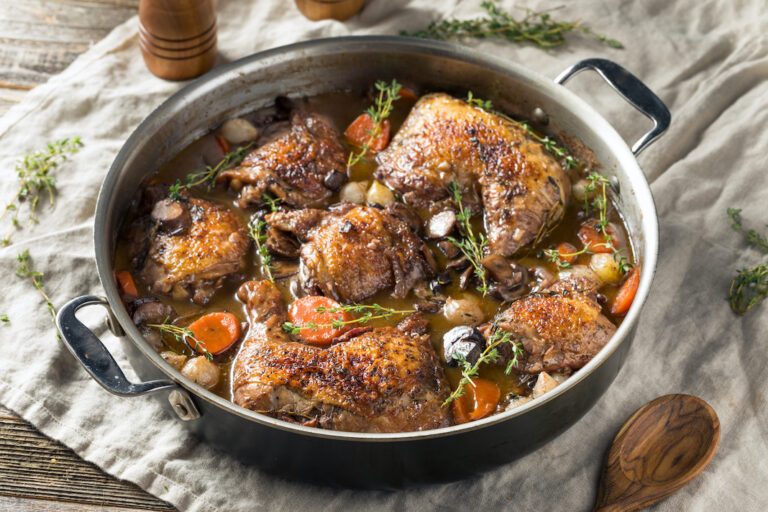In the Bordeaux region of France, when winemakers trim their vines each fall after the harvest, the trimmings, called sarments, are prized by locals—they’re used to fuel wood-fired ovens and for grilling. In Bordeaux everything is about gastronomy, and sarments lend a unique smoky flavor to all sorts of dishes.
My mother-in-law, Marie-Claude, was born and raised in a small village called Castillon-la-Bataille, which is just down the road from Saint-Émilion, the ancient city that, today, is a UNESCO World Heritage site and home to one of the Bordeaux region’s premiere wine classifications. My wife, Edith, and I were married in Castillon and we enjoyed spending time there, especially when we wanted to escape from the hustle and bustle of Paris, where we lived and worked until 2013.
Though visiting family and friends was our pretext, whenever Edith and I ventured to the southwest we really looked forward to the food. The Bordeaux region, while perhaps best known for its wine, is also where you get the best foie gras, confit de canard, huîtres, and canelés. And it was on one of these trips, early in our relationship, that Edith and her family first introduced me to the baguette sarmentine.
The sarmentine is a funny-looking baguette. It is forked at each end as it’s fashioned to resemble the sarments from which it takes its name. Children often say it looks like it has a “fish-tail” or “rabbit ears.” It’s made with a good dose of sesame seed, soaked overnight and added to the dough, and it often includes some spelt flour which provides a distinctive, nutty flavor.
Whenever Edith and I made the trek from Paris to to Castillon, the routine was virtually the same: As soon as we descended the train and walked the short distance to her family’s house, Marie-Claude would ask us to go out and get bread to serve with dinner. We’d jump in the family’s little blue Renault and drive the two and a half kilometers to the “good bakery” one village over, in St. Magne, and buy a few sarmentines.
Our destination was the Fournil de St. Magne, a bakery that dates from 1898 and is located on the old narrow road that leads from Bordeaux to Bergerac. Owned and operated by a fifth-generation baker, Philippe Meynard, it’s one of a few bakeries of its kind left in France, passed down from generation to generation and offering traditional, regional specialties baked in a 100-year-old wood-fired oven.
I have always loved visiting bakeries because I grew up in one. My father was a hobbyist baker for much of my childhood. But in the mid-1980s, my parents opened a bakery in my hometown of Davis, California. I spent much of my youth hovering around the fresh loaves and pastries as they came out of the oven, and later the bakery provided my first job.
Little did I know that years later, with my young family in tow, I would move back to Davis and take the bakery over from my parents. That was never how I imagined my life would turn out. But at some point, after working for many years as a journalist and then in tech, the stars aligned and two things happened at once: my parents were ready to retire and I was burned out from the pace of the tech world and eager for a new adventure.
As I gradually made my own imprint on the bakery, I began to stray from the sourdoughs and sandwich loaves my parents were known for. Instead, I began offering the things that my wife and daughters and I missed from our lives in France. Soon we were baking traditional viennoiserie, brioches, and pain au levain. But the baguette sarmentine was my secret desire, my aspirational ace in the hole.
I did some research and experimented a bit, but there wasn’t much information about the sarmentine. It’s a local speciality—not part of the formal training required for French bakers—and it’s virtually unheard of outside of the Bordeaux region. There were only a handful of old bakeries in France that made this baguette, and they weren’t exactly publishing their recipes on the internet.
It wasn’t until Edith and I took a summer trip back to France, and made the trek once more to Castillon, that we revisited the Fournil de St. Magne. There, I finally got my break. When Philippe Maynard heard our story, and that I wanted to recreate his baguette sarmentine at my own bakery in California, he graciously opened his bakery to us and eagerly shared his passions and secrets, telling us that he was proud to have the traditions he and his family have kept alive for five generations continue—somewhere, somehow.
A few months after that trip, I took a professional class with Craig Ponsford, a top American baker whose specialty is the French baguette. Craig is one of a handful of American bakers to have won a gold medal at the Coupe du Monde de la Boulangerie, an invitation-only “world cup” competition held in Paris every few years. On the final day of my class with Craig, he asked each of his students to formulate and bake a unique bread of our own. I knew just what I was going to make: les sarmentines.
Craig was charmed by my sarmentines, and everyone in the class took one home. That final class assignment wasn’t a competition, but the sarmentines definitely won the day–everyone raved about them. The praise gave me the inspiration and confidence to start making them at my own bakery.
Today, the baguette sarmentine has become our signature product. People line up out the door to get one at our bakehouse and we sell out every week at the local farmers market. We’ve baked them for gala dinners and for visiting dignitaries. This unusual baguette has captured the imagination of our community, and beyond.
But for me, it’s more than just a distinctive, delicious, twiggy-looking bread. Every evening when I bring a sarmentine home with me, it tells a story—a story that starts when I was a teenager working at my parents’ bakery, weaves through my life in France, connects me to Edith and her family’s roots, and makes a full circle back to my hometown, where I now feed my two girls. It’s a story about the traditions of bakers and families, passed down through the generations.
Lorin Kalisky is a journalist, technologist, baker, husband, father and owner of Upper Crust Baking.
Located at 634 G Street, Davis, California, Upper Crust Baking serves dozens of farmers markets in the Greater Sacramento region and the Bay Area.






